
Redesign Your School Athletic Pavilion | 2014 National High School Architecture Competition #127
Advanced Technologies Academy is a high school located in Las Vegas, Nevada. It was built in 1994, and since then, has been recognized as one of the best high schools in Nevada. A-TECH has received numerous awards and recognitions including many Blue Ribbon School Awards. A-TECH focuses mainly academics with integrated technology. It provides students with various program areas, most of which use technology each day. Most classrooms are provided with class sets of computer for students to use. Although A-TECH has been recognized as the best high school in Nevada, it does not provide students with a very good physical program. Students are only required to take physical education for their first two years.
Design Problem: A-TECH's gymnasium is not very good compared to many other public schools around the city. Its gym is fairly small and does not fit all of the student body. The gym is mainly used for its physical education classes but sometimes it is used for school assemblies, which have to be split up into two groups because of it small size. There is a weight room in the gym, which is small compared to other schools' weight rooms. The room also has a wall of glass that lets in huge amounts of light and heat during the summer. The locker rooms are also small. Freshman and sophomore classes have to be split up, with freshman lockers in a portable. The gym and fitness program for A-TECH were not intended to fit as many students as the school occupies now.
Design Solution: My approach to the problem is to expand all of the rooms and areas that are too small. The gymnasium would be expanded to fit in all of the student body, which will allow for more assemblies or school events to take place. The locker rooms will also be expanded to fit in both the freshman and sophomore classes together in one room, so portables are no longer needed. Another area to be expanded will be the weight room, which will allow for more exercise equipment. I will also be adding an indoor sports area, for games of handball, table tennis, badminton, and various other sports.

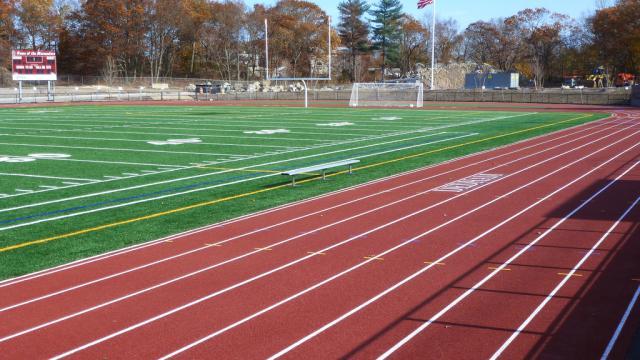




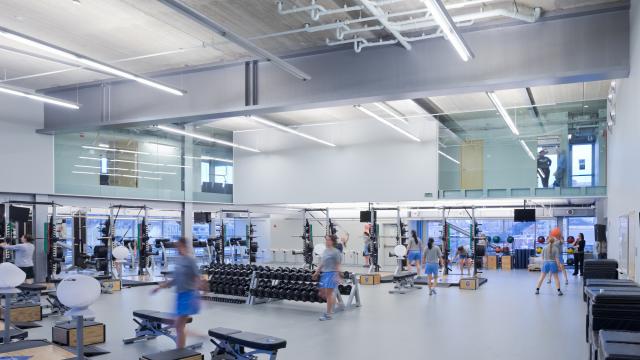
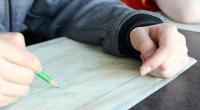



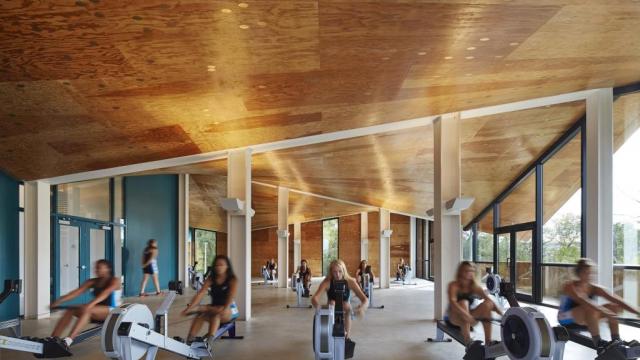



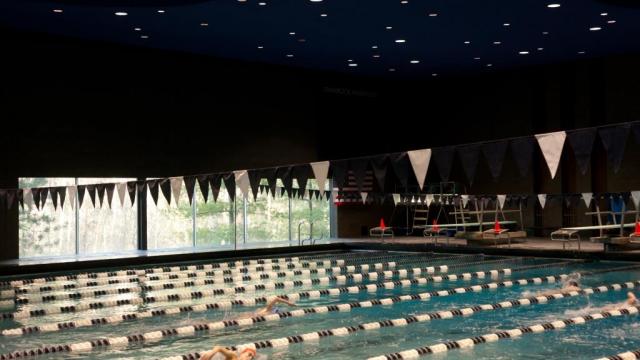




Comments
Don't forget to update your portfolio image!